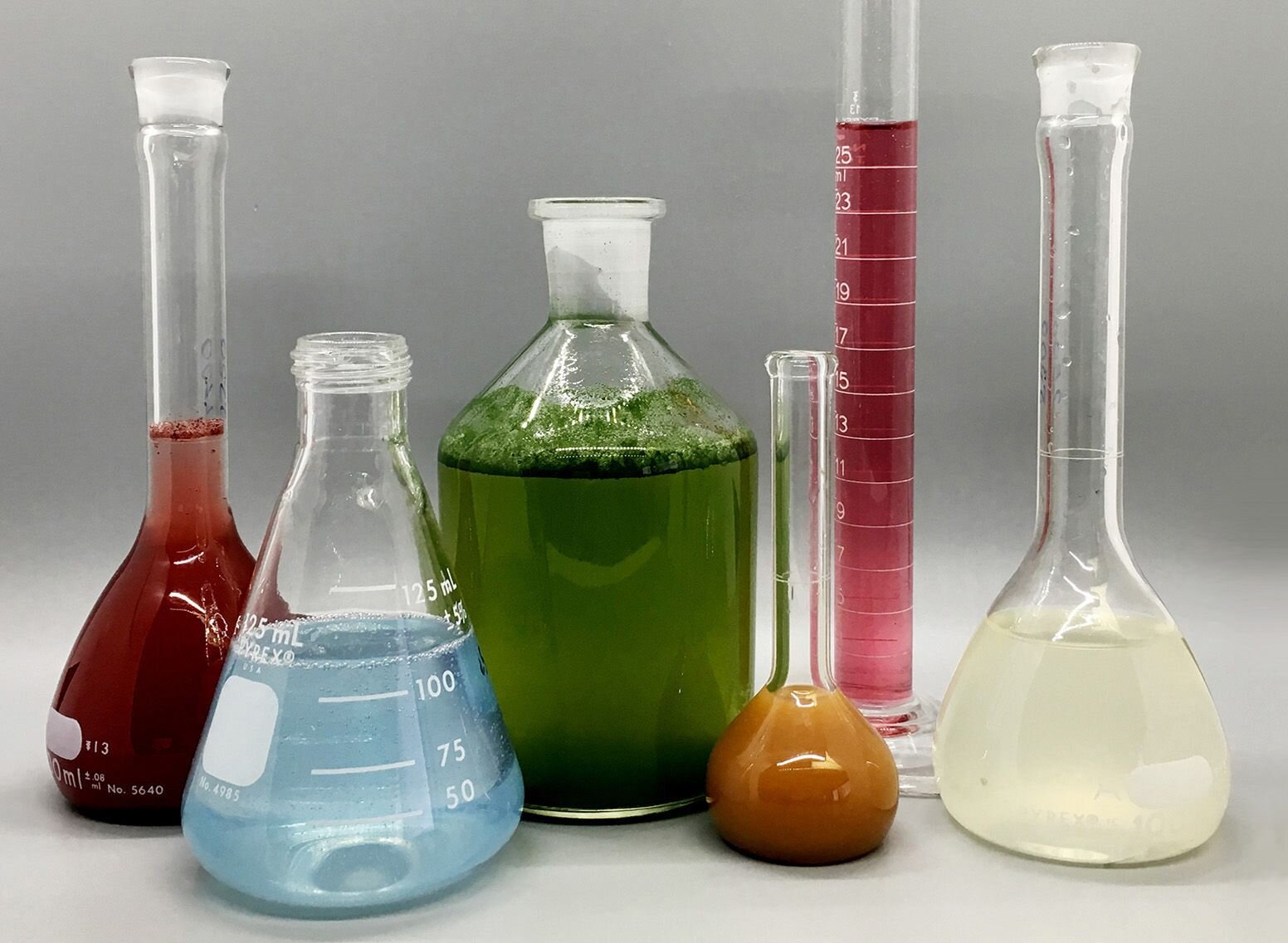Not known Facts About Uv/vis
Not known Facts About Uv/vis
Blog Article
More About Uv/vis
Table of ContentsUv/vis Can Be Fun For EveryoneThe Ultimate Guide To Circular DichroismUv/vis for BeginnersFascination About Circular DichroismAn Unbiased View of Circularly Polarized Luminescence

Spectrophotometry is most frequently used to ultraviolet, noticeable, and infrared radiation, modern-day spectrophotometers can interrogate broad swaths of the electromagnetic spectrum, including x-ray, ultraviolet, visible, infrared, and/or microwave wavelengths. Spectrophotometry is a tool that hinges on the quantitative analysis of molecules depending on how much light is absorbed by colored compounds.
See This Report on Circular Dichroism
A spectrophotometer is commonly utilized for the measurement of transmittance or reflectance of solutions, transparent or opaque solids, such as refined glass, or gases. Numerous biochemicals are colored, as in, they take in noticeable light and therefore can be determined by colorimetric treatments, even colorless biochemicals can typically be transformed to colored substances suitable for chromogenic color-forming responses to yield compounds suitable for colorimetric analysis.: 65 However, they can likewise be designed to measure the diffusivity on any of the noted light varieties that generally cover around 2002500 nm utilizing different controls and calibrations.
An example of an experiment in which spectrophotometry is utilized is the determination of the stability constant of an option. A particular chain reaction within a solution might happen in a forward and reverse direction, where reactants form items and products break down into reactants. At some point, this chain reaction will reach a point of balance called a stability point.
Uv/vis Can Be Fun For Anyone
The amount of light that goes through the option is a sign of the concentration of certain chemicals that do not allow light to pass through. The absorption of light is due to the interaction of light with the electronic and vibrational modes of particles. Each kind of molecule has a private set of energy levels connected with the makeup of its chemical bonds and nuclei and therefore will soak up light of particular wavelengths, or energies, leading to unique spectral homes.
They are commonly used in many industries including semiconductors, laser and optical production, printing and forensic examination, as well as in labs for the study of chemical substances. Spectrophotometry is typically used in measurements of enzyme activities, determinations of protein concentrations, determinations of enzymatic kinetic constants, and measurements of ligand binding reactions.: 65 Eventually, a spectrophotometer is able to determine, depending on the control or calibration, what substances are present in a target and precisely how much through computations of observed wavelengths.
Developed by Arnold O. Beckman in 1940 [], the spectrophotometer was created with the help of his colleagues at his business National Technical Laboratories founded in 1935 which would become Beckman Instrument Business and ultimately Beckman Coulter. This would come as a solution to the formerly created spectrophotometers which were unable to take in the ultraviolet properly.
Some Known Questions About Uv/vis.
It would be discovered that this did not give satisfying results, therefore in Model B, there was a shift from a glass to a quartz prism which permitted for better absorbance results - spectrophotometers (http://www.video-bookmark.com/bookmark/6114703/olis-clarity/). From there, Design C was born with a modification to the wavelength resolution which ended up having three units of it produced
It was produced from 1941 to 1976 where the price for it in 1941 was US$723 (far-UV accessories were an option at extra expense). In the words of Nobel chemistry laureate Bruce Merrifield, it was "most likely the most essential instrument ever developed towards the development of bioscience." Once it became stopped in 1976, Hewlett-Packard developed the very first commercially readily available diode-array spectrophotometer in 1979 referred to as the HP 8450A. It irradiates the sample with polychromatic light which the sample takes in depending on its properties. It is sent back by grating the photodiode selection which finds the wavelength region of the spectrum. Ever since, the creation and execution of spectrophotometry devices has actually increased profoundly and has actually turned into one of the most innovative instruments of our time.

More About Spectrophotometers
The grating can either be movable or fixed.
In such systems, the grating is repaired and the strength of each wavelength of light is determined by a various detector in the selection. When making transmission measurements, the spectrophotometer quantitatively compares the fraction of light that passes through a reference service and a test service, then digitally compares the intensities of the two signals and calculates the percentage of transmission of the sample compared to the reference requirement.

Report this page